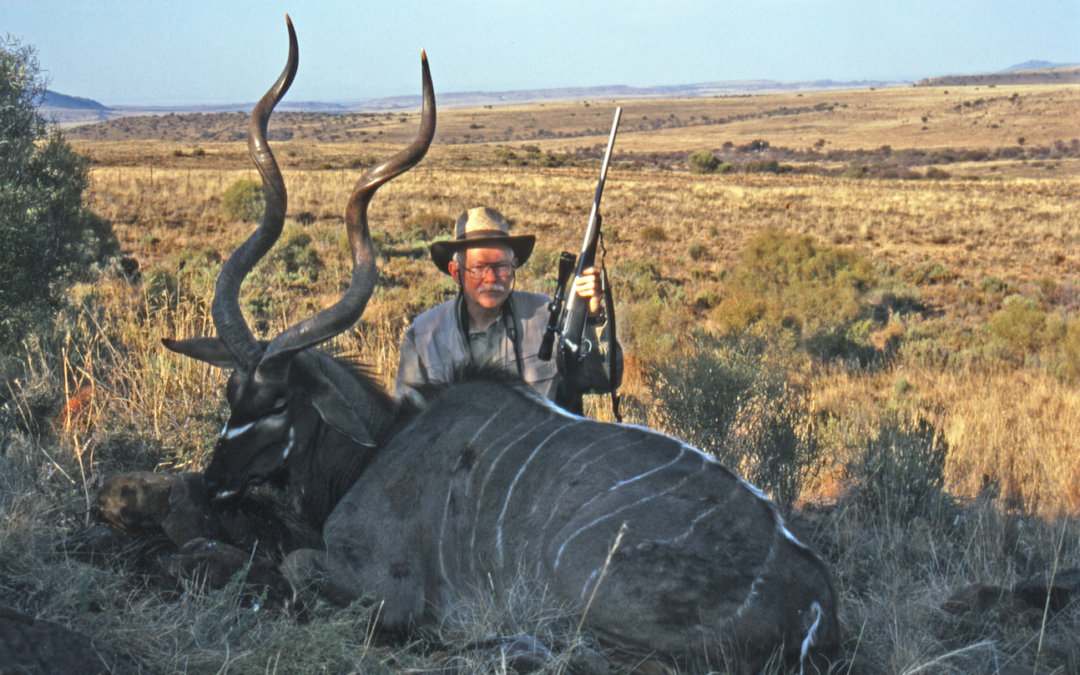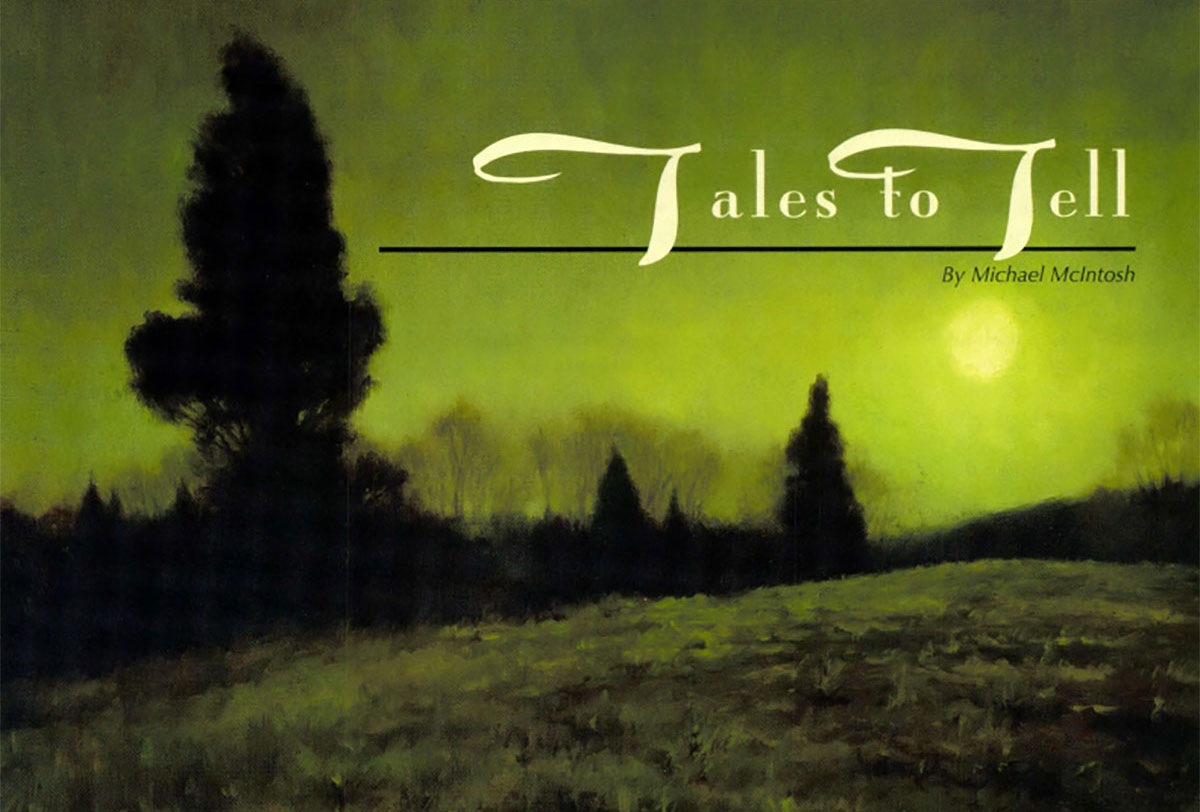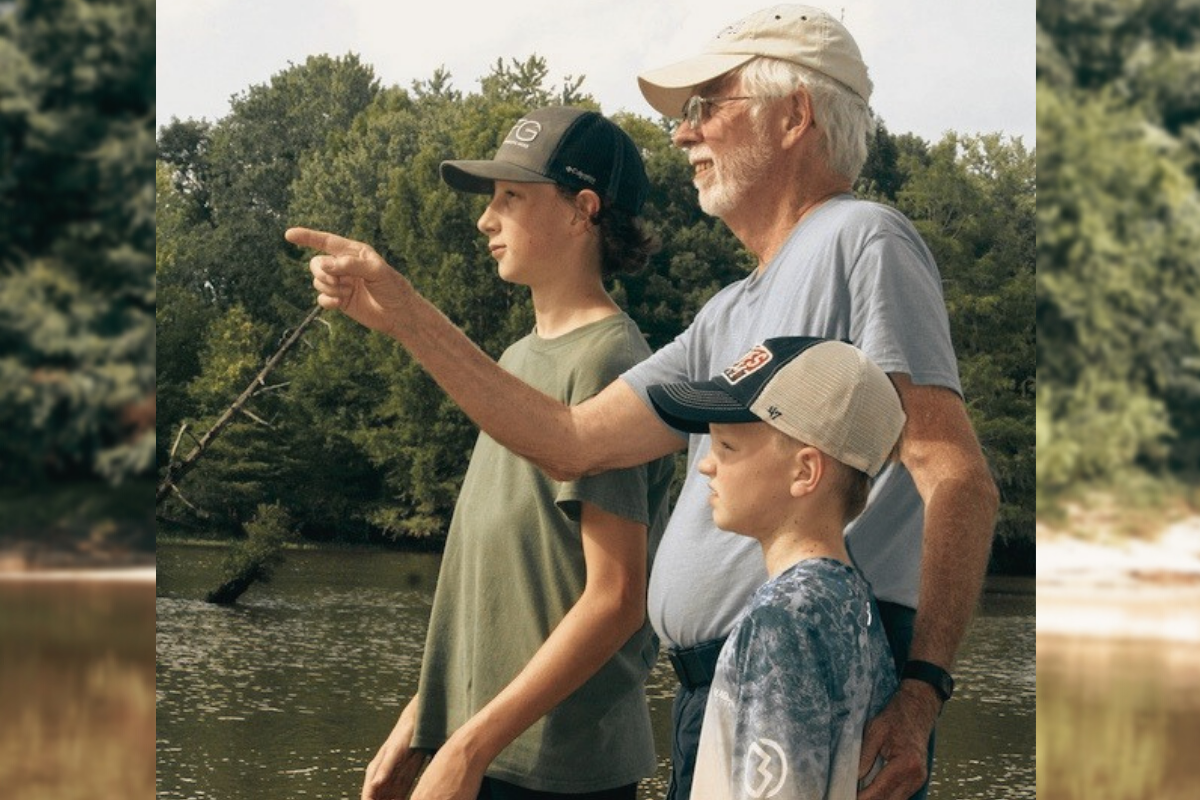Some call their sporting lairs “man cave” or “trophy room.” But my very core contorts at either of the two, for this house is neither. It is a house of memories.
I have a trophy house. Built it myself from beetle-killed pines, lightning-struck oaks, storm-damaged yellow poplars and cedars. No viable trees were felled for this project. I sawed the downed timber into logs and loaded them onto a trailer – alone – by the old system of chain-and-cross-haul. Took them to a sawmill. And while one proficient in the building trades might suggest I limit myself to writing rather than carpentry, I am proud of the structure – this trophy house.
Yet, it is not, in the strictest definition of that word a place for trophies. True, there are the occasional baubles: arrowheads; a runner on pedestal, indicating first place in a 5k; the plaque highlighting a win in some primitive-archery competition; a collection of belts, white on up to the crowning recognition, in martial arts. These may be correctly perceived as trophies. But not those animals. None are displayed as symbols of conquest. None were taken as mere trophies.
Regardless, the locale must have a name, for insurance and security system if nothing else. It became, for those purposes, the trophy house. Well-meaning and jovial guests have, from time to time, assigned it a nomenclature even less sacrosanct than trophy house. Man cave they say. I nod in acquiescence. But my very core contorts at either of the two, for this house is neither.
There seems, however, a dichotomy yet exists. Those animals, in various forms, are trophies and they are not trophies. I suppose the final and concrete decision is determined by intent. They are not solely things to gawk at or boast about. They are visceral remembrances. They are firsts and lasts. Their size and scores are immaterial.
At times, this structure holding those collections seems to me almost a house of worship. And since it is minus squawking and dinging and clattering devices of interruption and since there is no booming bass emitting from speakers set at 120, window-rattling decibels, it is quiet, worshipful. But it is hardly a house of worship. I remind myself regularly to avoid that theological infraction of praising the created rather than praising the Creator. In that house all is peaceful, reverent.
I must only consider the kudu to recognize the deliberateness of this room. He is a magnificent creature to be sure, but to reduce those near 60-inch helixes of celebrity to simple trophy status seems an affront to sober civility. He is more, and the memories are yet vivid.
I found myself alone – on the side of a koppie with darkness and this bull. My PH had high-centered the truck on a rock a mile downslope and was alarmingly tardy for my retrieval. Trepidation, I am ashamed to say, had crept up sat down beside me. One look now at that bull, high and commanding in the trophy house, and I shiver.
There is the bison, a bleached skull with horns and luxuriant hide. I can see completely why this animal was so treasured by those who came before me. This bull was birthed on a property in Kansas where he and his kin rambled about quite freely, and I hunted him horseback from a camp of tipis, wall tents and dugouts. Wind was incessant.

Camp for the Kansas bison hunt was basic. However, it fit the setting perfectly.
I knelt beside the bull as an autumn sun began its daily rest on a far-off and lonesome horizon, that wind buffeting and moaning and reminding that time is forever in motion, that what is now will not long be, that I am insignificant in the greater flow of passing minutes, that life is tenuous, that joy and sorrow are certain. That same wooly coat that, only moments earlier, had felt the sting delivered by a big Sharps rifle now collected my tears, saline debts of appreciation and remorse.
And the elk. He was a handsome bull. The steaks were grand. I took him near Sleepy Cat on property owned by my friend Darryl. Meeker, Colorado. Darryl was a keen hunter and quintessential gentleman. He served as a deacon and song leader in a small Baptist Church in Meeker, and since I was once involved in music I always received the invitation to lead the song service and sing in that service should I be there on Sunday. I was that trip.
I drove into town from camp and did the chore requested, then headed immediately back to the camper that served as headquarters. My comrades were somewhere upslope, so I eased away alone. I encountered the elk. A round from the ought six proved effectual. It was early afternoon Monday before I had that bull packed from that mountain.
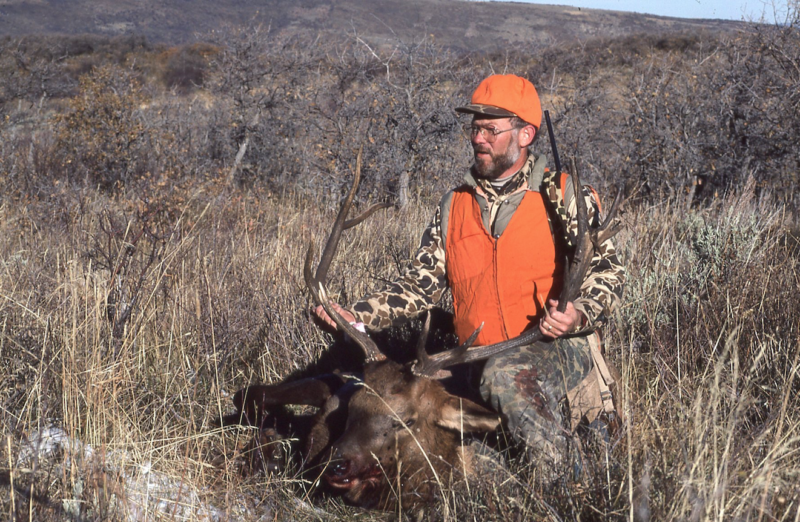
A very young Kinton poses with a bull elk he took near Meeker, Colorado. His friend Darryl passed away from cancer only a few years afterward. This was the author’s last hunt with Darryl
Not many years following, I learned of Darryl’s struggle. Cancer. He was gone from those mountains and that little church and all else of earthly attachment a short while afterward. I see the bull in my trophy house and immediately hear Darryl’s clipped Colorado Cowboy way of speaking and see his infectious smile and relive that Sunday morning in that little church as he nodded courteously while I sang. I miss him.
There is a caribou in the trophy house. Somewhere miles from Schefferville was his home turf. I see in him the tundra, hear the clatter and feel the shudder of a floatplane as it touched down and lifted off from a choppy and nameless lake in the Canadian wilderness. Recall the arduous but gratifying pack-out of meat and antlers from a hillside and through a bog to that lake and a big V-bottom boat ready to transport all involved back to camp. It was an exercise best reserved for the young and a memory much enjoyed by the aged.
But back to the trophy house. What should I name it? Or more appropriately, rename it? House of Memories? Perhaps. Leave it as Trophy House? As I referenced earlier, intent is the key for an accurate selection. And for those who know and understand and who possibly share my sentiments, no explanation is required. For those who don’t, no explanation is adequate.
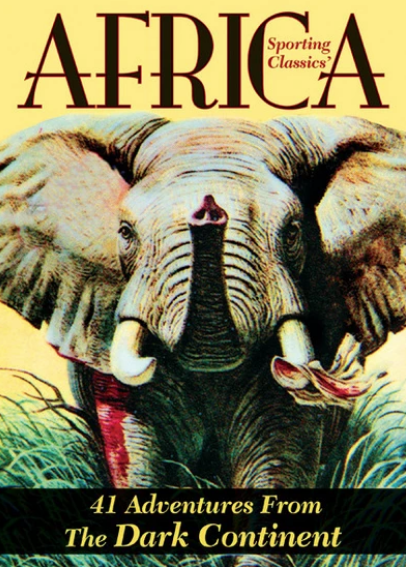 Over the past three decades Sporting Classics has published more than 100 articles and columns on sport and wildlife conservation in Africa. This anthology, which commemorates the magazine’s 30th anniversary, features the best of those stories. Many talented, dedicated people made this book possible, particularly the authors who eagerly shared their stories.
Over the past three decades Sporting Classics has published more than 100 articles and columns on sport and wildlife conservation in Africa. This anthology, which commemorates the magazine’s 30th anniversary, features the best of those stories. Many talented, dedicated people made this book possible, particularly the authors who eagerly shared their stories.
Driven by the hunter’s passion to look into the eyes of a cape buffalo, follow the tracks of a bull elephant, or match wits with one of the great cats, some of our greatest writers have chronicled what Africa was to them. Shop Now

